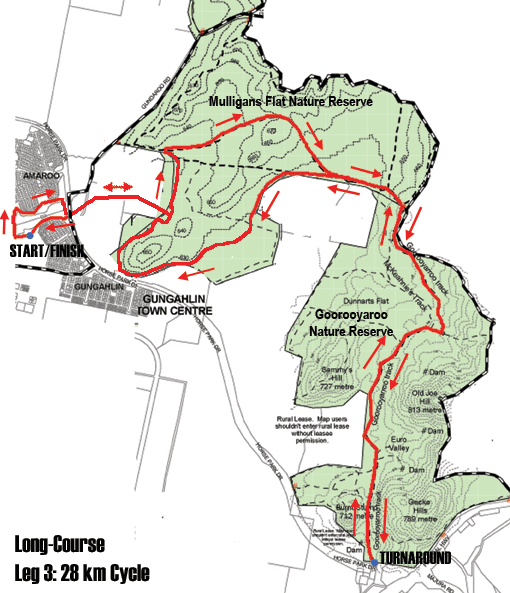Earlier this semester, our class was asked to read an article
discussing the effectiveness of buffer zones and reserve boundaries for turtles of the Kinosternidae family. Overall, we found
that the boundaries designated by law don’t encompass all individuals within a
species that need to be protected. That got me thinking about how the construction
of cities, roads, and other features of modern human life affect local species
and whether there’s something we can do to prevent more deaths.
To look at this from a broader perspective,
researchers expanded their study to looking at eastern long-necked turtle
numbers within the highly-developed suburb of Gungahlin, Australia vs. nearby
reserves of Mulligan’s Flat and Goorooyarroo. Together, these two reserves take
up an area of 1,600 ha. 19 bodies of water (10 urban and 9 reserves) from
September 2006 through November 2007 were monitored on many levels: surface
area, max depth, pH, conductivity, vegetation, and prey abundance. Eastern long-necked
turtles tend to move from wetlands to terrestrial environments, so a 500m
radius of each body of water was examined, which caused overlaps to occur,
reducing to 7 reserve water bodies and 8 from the suburban site. 546 turtles in
total were captured, with about 2.9x more turtles found in the suburban area than
in the reserves. Faster growth rates and larger plastron lengths were also seen
within urbanized areas. One belief is that this species of turtle has been able
to travel through drains to migrate between environments, leading to low mortality
rates. Another theory is that when droughts occur, suburban areas are less
affected than natural ones. Also, there was surprisingly no major difference in
nutrient quality within each of the bodies of water.
Out of this article, developers
might be able to gain ways of modifying areas in a manner that DOESN’T disrupt a
species’ behavioral/reproductive patterns. They can begin to observe hotspots
of where certain species of turtle migrate so that roads don’t cut through,
saving the lives of many individuals. If roads do obstruct their migratory
paths, special drains need to be added that allow for safe passage. Also, they
can change their design of these urban environments to allow local species and
humans to cohabitate. It appears as though the addition of drains, ponds,
vegetation (if not exotic) can all benefit turtles within these urbanized
habitats. Because many turtles migrate to nest, the inclusion of pathways underneath highways can
cut down on the number of turtles killed by vehicles on the road. Also, if we
adapted to make urban environments less dramatically different from natural
ones, this could help turtle longevity. Perhaps the inclusion of a forest area within
these cities could cut down on mortality rates. More research needs to be done
on which types of features in suburban environments benefit local wildlife
most since this research is exclusive to this exact area and species.
Reference:
Roe, John H., Martha Rees, and Arthur Georges. "Suburbs: Dangers or Drought Refugia for Freshwater Turtle Populations?." Journal of Wildlife Management. Vol. 75.No. 7 (2011): 1544-1552. Print. <http://onlinelibrary.wiley.com.nuncio.cofc.edu/doi/10.1002/jwmg.219/pdf>.


1 comment:
Excellent contribution! Very relevant to our discussion about habitat protection. Thanks for sharing!
Post a Comment